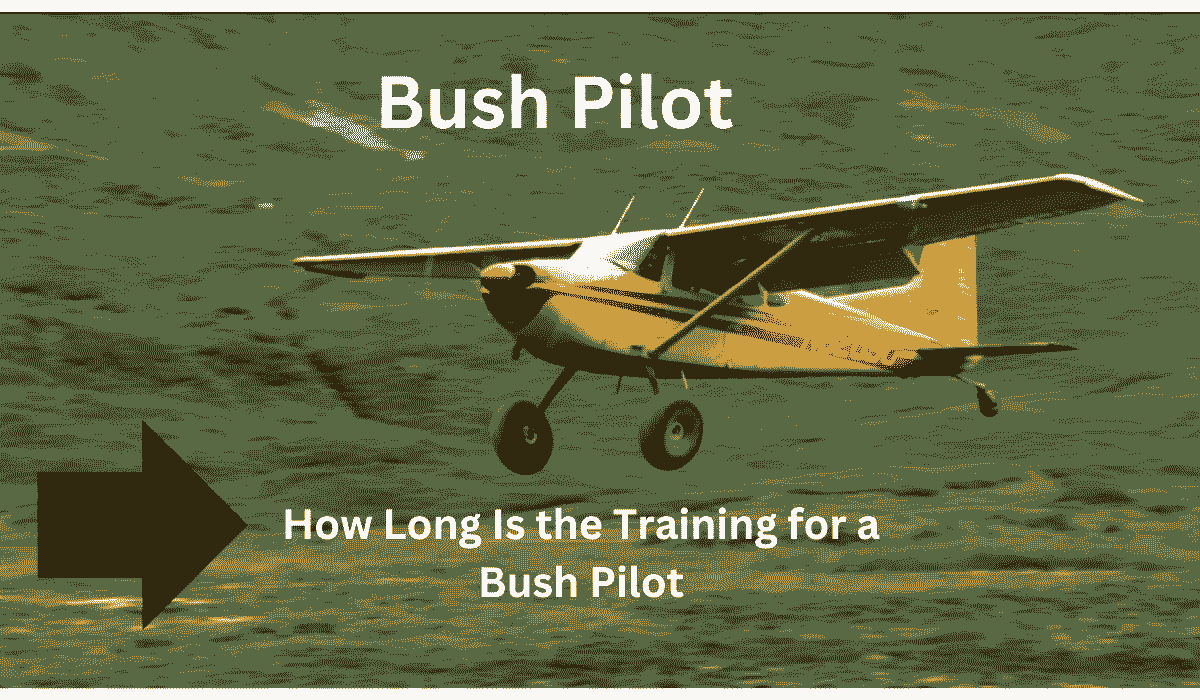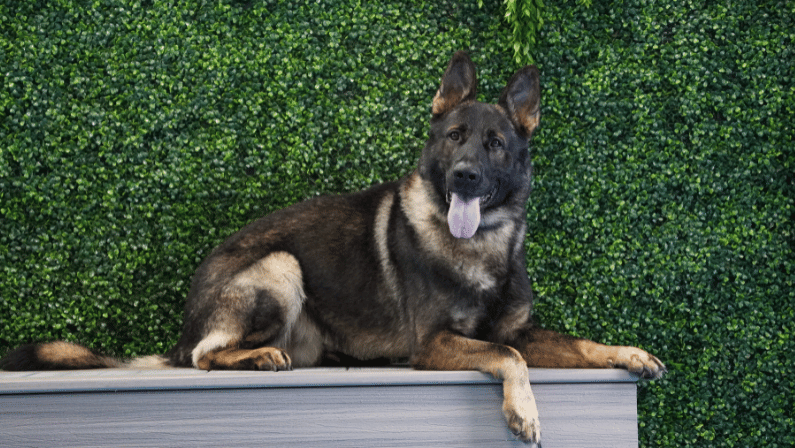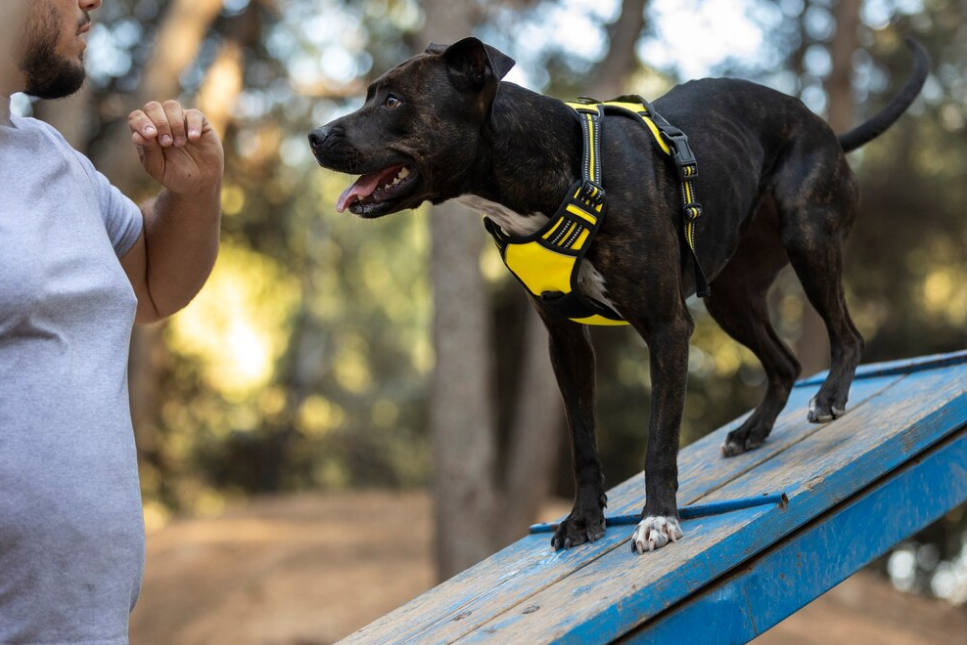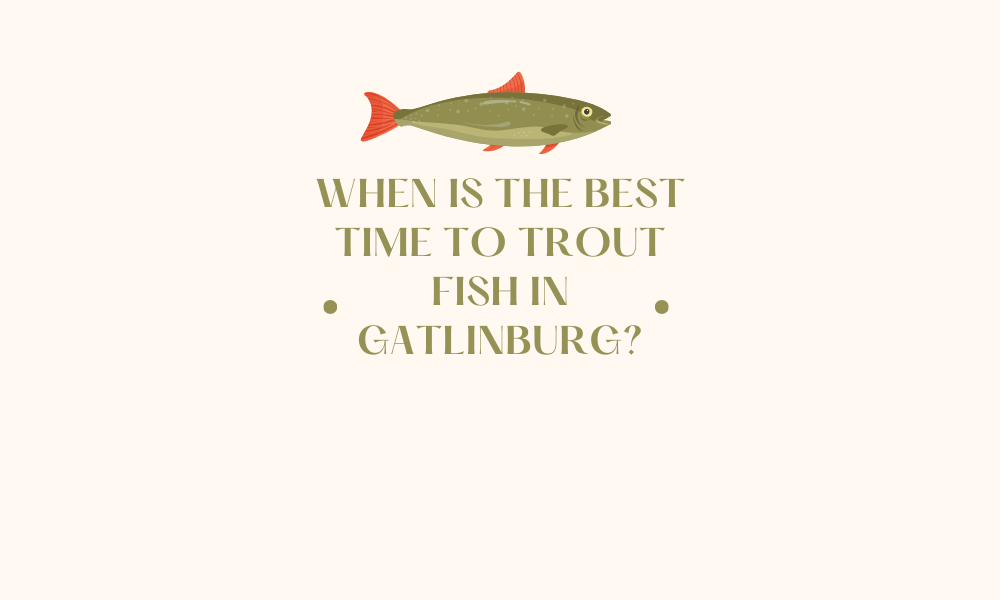If you’ve ever dreamt of flying over vast wildernesses, landing on remote airstrips, or delivering essential supplies to secluded communities, becoming a bush pilot might be the perfect career path for you. But how long is the training for a bush pilot? This journey requires a combination of dedication, technical skill, and specialized training, all of which take time and effort to master. Let’s explore the training process and what it entails.
The Role of a Bush Pilot
Bush pilots operate in some of the most challenging and unpredictable environments on Earth. Their missions often take them to remote areas with limited or no infrastructure, requiring exceptional flying skills and quick decision-making abilities. These pilots frequently work in Alaska, Canada, Africa, and other rugged regions, transporting supplies, medical aid, and passengers. They may also support activities like wildlife surveys, firefighting, and humanitarian missions.
Steps to Become a Bush Pilot
To answer the question, “how long is the training for a bush pilot?” we must first break down the steps involved. Each stage of training has its own duration and requirements:
1. Obtain a Private Pilot License (PPL)
The first step in becoming a bush pilot is obtaining a Private Pilot License (PPL). This license allows you to fly solo or with passengers but does not permit commercial operations. The PPL requires:
- Flight Hours: Typically, 40-60 hours of flight time, including at least 20 hours with an instructor and 10 hours of solo flight.
- Ground School: Around 35-45 hours of classroom or online instruction to learn aviation basics.
- Timeframe: Most students complete their PPL in 3-6 months, depending on their schedule.
2. Build Flight Experience
After earning a PPL, aspiring bush pilots need to accumulate flight hours to gain proficiency. This stage often involves renting aircraft, flying cross-country routes, and honing navigation skills. Bush pilots typically need 250-300 total flight hours before moving to advanced training. This phase can take 6 months to 2 years, depending on how frequently you fly.
3. Obtain a Commercial Pilot License (CPL)
The Commercial Pilot License (CPL) is essential for working as a professional pilot. The CPL requires:
- Flight Hours: A minimum of 250 hours total flight time (including hours logged during the PPL phase).
- Ground School: More in-depth training focusing on advanced aerodynamics, meteorology, and regulations.
- Timeframe: Earning a CPL typically takes 6-12 months.
4. Acquire Specialized Bush Pilot Training
Specialized bush pilot training is where you learn the skills unique to this field, such as:
- Off-Airport Landings: Mastering takeoffs and landings on unpaved airstrips, snow, water, or tundra.
- Mountain Flying: Navigating rugged terrain and unpredictable weather conditions.
- Survival Skills: Preparing for emergencies in remote locations.
Specialized training programs can vary in length but generally last 1-3 months. However, additional practice and experience are crucial to becoming proficient.
5. Add Ratings and Endorsements
Bush pilots often need additional ratings, such as:
- Seaplane Rating: For operating floatplanes on lakes and rivers.
- Tailwheel Endorsement: For flying aircraft with a tailwheel landing gear, commonly used in bush flying.
- Instrument Rating: To fly in low visibility conditions, which is invaluable in remote areas.
Each rating can take several weeks to a few months to complete.
6. Gain Real-World Experience
Even after completing formal training, gaining hands-on experience in challenging environments is critical. Many bush pilots start by working as co-pilots or in entry-level roles to build confidence and expertise. be1crypto
Factors That Influence Training Duration
Now that we’ve outlined the steps, let’s revisit the central question: how long is the training for a bush pilot? The total time varies based on several factors:
Individual Learning Pace
Some individuals may progress quickly through the training phases, while others take more time to master skills. Personal dedication and availability to train are significant factors.
Financial Resources
Flight training is expensive. Limited funding may cause delays as students save up for lessons and flight hours.
Training Environment
Training in areas with challenging weather or limited aircraft availability can extend the timeline. Conversely, consistent training in favorable conditions can speed up the process.
Previous Experience
Pilots with prior military or commercial aviation experience may complete bush pilot training faster, as they already possess foundational skills.
Typical Timeline to Become a Bush Pilot
In general, aspiring bush pilots can expect the training process to take anywhere from 2 to 5 years. Here’s a summary:
- PPL: 3-6 months
- Building Flight Hours: 6 months to 2 years
- CPL: 6-12 months
- Specialized Bush Pilot Training: 1-3 months
- Ratings and Endorsements: Varies (usually a few weeks per rating)
Is the Time Investment Worth It?
For those passionate about flying and adventure, the time investment is absolutely worth it. Bush pilots enjoy a unique and rewarding career that combines aviation with exploration and service to remote communities. However, the job is not without its challenges, including unpredictable weather, mechanical issues, and the physical demands of operating in harsh conditions.
Final Thoughts
So, how long is the training for a bush pilot? The journey to becoming a skilled bush pilot typically spans several years, with the exact timeline depending on individual circumstances. From earning a PPL to gaining real-world experience, each step builds the skills necessary to thrive in this demanding field. If you’re committed to the process, the rewards of this adventurous career make every hour of training worthwhile.












